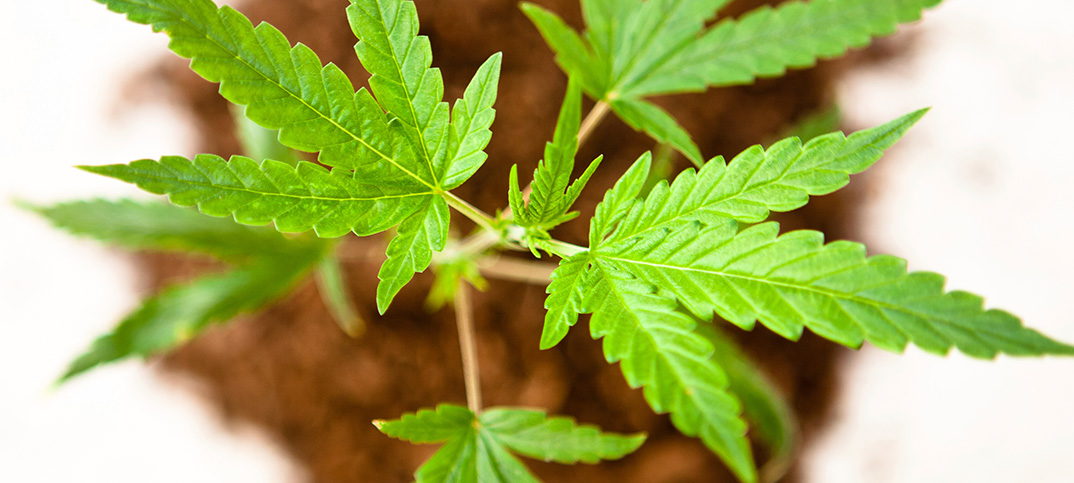Ruben Baler, PhD, health scientist, National Institute on Drug Abuse, Washington, DC.
Jason R., Kilmer, PhD, assistant professor, psychiatry and behavioral sciences; assistant director, Health and Wellness for Alcohol and Other Drug Education, University of Washington.
Donald Misch, MD, associate vice chancellor for health and wellness, associate professor, University of Colorado School of Medicine.
Ethan Nadelmann, JD, PhD, executive director, Drug Policy Alliance.
Marsha Rosenbaum, PhD, director emerita, Drug Policy Alliance (San Francisco office); author, Safety First: A Reality-Based Approach to Teens, Drugs and Drug Education (Drug Policy Alliance, 2014).
Matthew J. Seamon, PharmD., chair and associate professor of pharmacy practice, Nova Southeastern University, College of Pharmacy, Florida.
P. Davis Smith, MD, internist, director of health services, Westminster School, Simsbury, Connecticut; medical director, Student Health 101.
Lori Holleran Steiker, PhD, ACSW, associate professor, University Distinguished Teaching Professor, University of Texas at Austin School of Social Work.
Jose Valdes, PharmD, BCPP, assistant professor, neurology and neuropsychiatry, Nova Southeastern University College of Pharmacy, Florida.
Ryan Vandrey, PhD, associate professor, Behavioral Pharmacology Research Unit, Johns Hopkins University School of Medicine, Maryland.
American Civil Liberties Union. (2013, June). The war on marijuana in black and white. ACLU Foundation.
American College Health Association. (2015). American College Health Association—National College Health Assessment II: Reference Group Executive Summary Spring 2015. Hanover, MD: American College Health Association, 2015.
Barton, B., Bulmer, S., & Misencik, L. (2015, November). Correlates and predictors of marijuana use among US undergraduates. In 143rd APHA Annual Meeting and Exposition (October 31–November 4, 2015). American Public Health Association. Retrieved from https://apha.confex.com/apha/143am/webprogram/Paper318939.html
Blaszczak-Boxe, A. (2014, September 30). Hidden risk? Marijuana may be bad for your heart. Live Science. Retrieved from https://www.livescience.com/48073-marijuana-heart-attack-risk.html
Crane, N. A., Schuster, R. M., Fusar-Poli, P., & Gonzalez, R. (2013). Effects of cannabis on neurocognitive functioning: Recent advances, neurodevelopmental influences, and sex differences. Neuropsychology Review, 23(2), 117–137.
Filbey, F. M., Aslan, S., Calhoun, V. D., Spence, J. S., et al. (2014). Long-term effects of marijuana use on the brain. Proceedings of the National Academy of Sciences, 111(47), 16913–16918.
Gorski, D. (2014, July 7). Medical marijuana as the new herbalism. Science-Based Medicine. Retrieved from https://www.sciencebasedmedicine.org/medical-marijuana-as-the-new-herbalism-part-1-the-politics-of-weed-versus-science/
Gruber, A. J., Pope, H. G., Hudson, J. I., & Yurgelun-Todd, D. (2003). Attributes of long-term heavy cannabis users: A case-control study. Psychological Medicine, 33(8), 1415–1422.
Hasin, D. S., Saha, T. D., Kerridge, B. T., Goldstein, R. B., et al. (2015). Prevalence of marijuana use disorders in the United States between 2001–2002 and 2012–2013. JAMA Psychiatry, 72(12), 1235–1242.
Johnston, L. D., O’Malley, P. M., Bachman, J. G., Schulenberg, J. E., et al. (2015). Monitoring the Future national survey results on drug use, 1975-2014: Volume II, college students and adults ages 19–55. Ann Arbor, MI: Institute for Social Research, The University of Michigan, 416 pp.
Mayotte, B. (2015, April 15). Drug convictions can send financial aid up in smoke. US News & World Report. Retrieved from https://www.usnews.com/education/blogs/student-loan-ranger/2015/04/15/drug-convictions-can-send-financial-aid-up-in-smoke
Meier, M. H., Caspi, A., Ambler, A., Harrington, H., et al. (2012). Persistent cannabis users show neuropsychological decline from childhood to midlife. Proceedings of the National Academy of Sciences, 109(40), E2657–E2664.
Mittelman, M. A., Lewis, R. A., Maclure, M., Sherwood, J. B., et al. (2001). Triggering myocardial infarction by marijuana. Circulation, 103, 2805–2809.
National Institute on Drug Abuse. (2015). Marijuana. Retrieved from https://www.drugabuse.gov/publications/drugfacts/marijuana
Perkins, H. W. (1997). College student misperceptions of alcohol and other drug norms among peers: Exploring causes, consequences, and implications for prevention programs. Designing alcohol and other drug prevention programs in higher education. Bringing Theory Into Practice. 177–206.
Pope, H. G., Gruber, A. J., & Hudson, J. I., Cohane, G., et al. (2003). Early-onset cannabis use and cognitive deficits: What is the nature of the association? Drug & Alcohol Dependence, 69(3), 303–310.
Russell, L. D., & Arthur, T. (2015). “That’s what ‘college experience’ is”: Exploring cultural narratives and descriptive norms college students construct for legitimizing alcohol use. Health Communication, 1–9.
Substance Abuse and Mental Health Services Administration. Results from the 2014 National Survey on Drug Use and Health: Summary of national findings. Rockville, MD: Substance Abuse and Mental Health Services Administration; 2014. HHS Publication No. (SMA) 14-4887. NSDUH Series H-49.
Urbina, I. (2013, June 3). Blacks are singled out for marijuana arrests, federal data suggests. New York Times. Retrieved from https://www.nytimes.com/2013/06/04/us/marijuana-arrests-four-times-as-likely-for-blacks.html
Volkow, N. D., Baler, R. D., Compton, W. M., & Weiss, S. (2014). Adverse health effects of marijuana use. New England Journal of Medicine, 370, 2219–2227.
Weinberger, A. H., Platt, J., & Goodwin, R. D. (2016). Is cannabis use associated with an increased risk of onset and persistence of alcohol use disorders? A three-year prospective study among adults in the United States. Drug and Alcohol Dependence, DOI:10.1016/j.drugalcdep.2016.01.014
Wong, C. F., Iverson, E., Sperandeo, M., Kaplan, C., et al. (2015). Conceptualizing problematic marijuana use among marijuana-using young adults: One size does not fit all. In 143rd APHA Annual Meeting and Exposition (October 31-November 4, 2015). American Public Health Association. Retrieved from https://apha.confex.com/apha/143am/webprogram/Paper330179.html








 Increasingly, students who are “in recovery”—working to maintain their sobriety—are finding the solution in dedicated recovery programs on campuses. These programs vary, but may include drug-free housing, sober hangout space, social events with supportive peers, and meetings, counseling, and academic supports tailored to address the pressures and triggers associated with staying free of alcohol and/or drugs.
Increasingly, students who are “in recovery”—working to maintain their sobriety—are finding the solution in dedicated recovery programs on campuses. These programs vary, but may include drug-free housing, sober hangout space, social events with supportive peers, and meetings, counseling, and academic supports tailored to address the pressures and triggers associated with staying free of alcohol and/or drugs.


